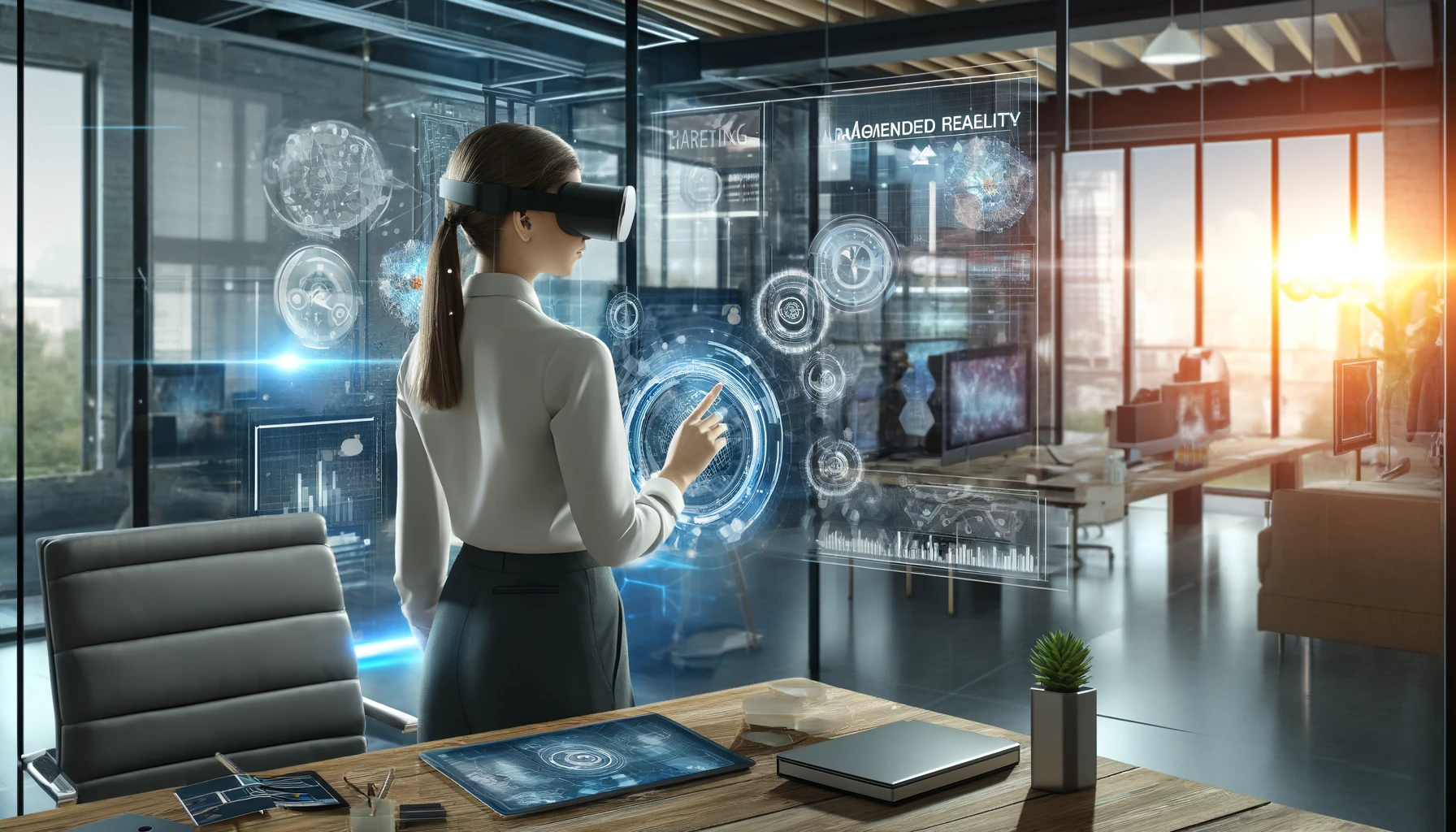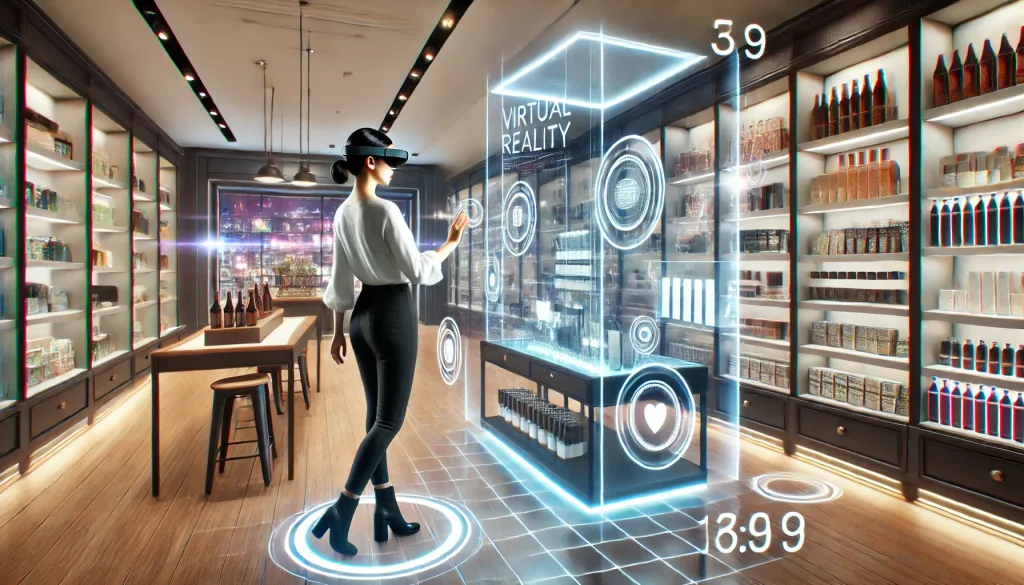The Impact of Virtual and Augmented Reality on Consumer Experience

Virtual and augmented reality (VR and AR) technologies are transforming the landscape of modern marketing, enabling brands to deliver immersive and interactive consumer experiences. With advancements in hardware and software, these technologies are no longer a novelty but a vital tool for engaging audiences, enhancing brand storytelling, and driving purchase intent. In an increasingly competitive market, companies are turning to innovative methods to differentiate themselves, and VR and AR are emerging as a preferred choice. Their ability to provide a multisensory experience has proven invaluable for brands aiming to leave a lasting impression on their target audience.
The Role of VR and AR in Consumer Engagement
Marketing strategies today heavily rely on creating memorable and impactful experiences for consumers. Virtual and augmented reality provide brands with the opportunity to break traditional barriers and connect with audiences on a deeper level. Unlike conventional advertising, these technologies immerse users in a digital environment, making them active participants rather than passive observers. Research shows that immersive experiences have a greater impact on memory retention, which can significantly influence purchasing decisions.
The use of VR and AR in marketing also fosters emotional connections with consumers. By allowing users to engage directly with products or services in a virtual space, brands can evoke emotions such as excitement, curiosity, or trust. This emotional resonance not only strengthens brand loyalty but also enhances word-of-mouth marketing, as consumers are more likely to share unique experiences with their peers. As a result, VR and AR campaigns often achieve higher engagement rates compared to traditional marketing methods.
Enhancing Brand Storytelling
One of the primary benefits of VR and AR in marketing is their ability to enhance brand storytelling. Through virtual showrooms, 360-degree product tours, or interactive AR campaigns, brands can convey their message more vividly and persuasively. For example, IKEA’s AR app allows customers to visualize how furniture fits within their home, reducing purchase hesitation and increasing customer satisfaction. Similarly, automotive brands such as Audi and Volvo use VR to provide potential buyers with virtual test drives, offering a comprehensive experience without leaving the showroom.
Moreover, VR and AR enable brands to create immersive narratives that align with their core values and messaging. For instance, a brand promoting sustainability can use AR to showcase the lifecycle of their eco-friendly products, educating consumers about their environmental impact. These technologies not only captivate audiences but also reinforce the brand’s commitment to its mission, fostering a stronger relationship with its customer base.
Real-World Applications of VR and AR in Marketing
Numerous industries are leveraging VR and AR to revolutionize how they approach consumer interaction. From retail to entertainment, these technologies are being utilized to create engaging campaigns that leave lasting impressions. As businesses continue to explore the potential of immersive technologies, the scope for creative applications is expanding rapidly.
In the retail sector, VR and AR have redefined the shopping experience. Brands like Sephora use AR to enable customers to try on makeup virtually, eliminating the need for physical testers. This not only enhances convenience but also addresses hygiene concerns, especially in a post-pandemic world. Similarly, luxury fashion brands such as Gucci and Prada are adopting virtual fitting rooms, allowing shoppers to see how clothing or accessories look on them without stepping into a store.
Case Studies: Successful Campaigns
Consider Pepsi’s AR-enabled bus stop campaign in London, which transformed a mundane waiting experience into an extraordinary visual spectacle, surprising and delighting passersby. The campaign not only captured public attention but also generated significant online buzz, amplifying the brand’s reach. Similarly, L’Oréal leverages AR through its app, allowing users to try makeup virtually, a feature that enhances customer confidence in their purchase decisions. By integrating AR into their digital strategy, L’Oréal has successfully increased customer engagement and sales.
The tourism and real estate industries have also benefited immensely from VR and AR. Virtual property tours have become a standard offering for real estate agents, enabling prospective buyers to explore homes remotely. In tourism, VR experiences allow travellers to preview destinations before booking their trips, making the decision-making process more informed and enjoyable. These examples highlight the versatility of VR and AR as marketing tools across various sectors.

Challenges and Future Trends
While the potential of VR and AR in marketing is immense, challenges such as high development costs, limited accessibility, and the need for specialized hardware still hinder widespread adoption. However, with continuous technological advancements, these barriers are gradually diminishing. The integration of 5G technology, for instance, promises to enhance the speed and quality of VR and AR experiences, making them more accessible to a broader audience.
Another significant challenge is the steep learning curve associated with developing VR and AR content. Companies need to invest in skilled professionals and cutting-edge tools to create high-quality experiences. Despite these obstacles, the growing demand for personalized and immersive marketing solutions continues to drive innovation in this field. As a result, businesses that embrace these technologies early are likely to gain a competitive edge.
The Path Forward
To maximize the benefits of VR and AR, marketers must prioritize creating high-quality, user-centric content. Combining these technologies with artificial intelligence and data analytics will open new possibilities for personalization, making consumer interactions more tailored and impactful. For instance, integrating AI-powered recommendation systems with VR environments can create customized shopping experiences, further enhancing consumer satisfaction.
In the coming years, we can expect further integration of VR and AR into social media platforms, enabling brands to engage with users in entirely new ways. As these technologies become more affordable and accessible, even small businesses will be able to leverage their potential. By staying ahead of these trends, marketers can ensure their campaigns remain innovative, relevant, and effective.
